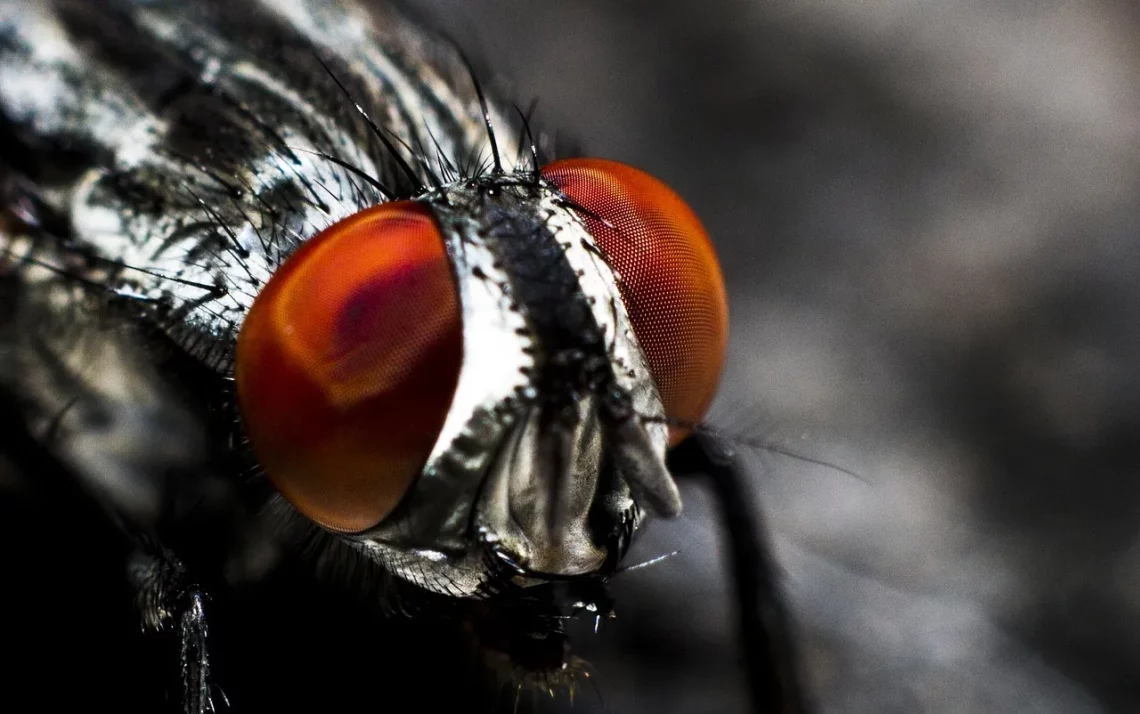
How to Identify and Eliminate Small Black Bugs in Your Bathroom
The presence of small black bugs in your bathroom can be a source of discomfort and concern. These tiny pests often appear unexpectedly, leaving many homeowners wondering about their origin and how to deal with them effectively. Bathrooms, with their humid environments and often limited airflow, can serve as an inviting habitat for various insects. Understanding the factors that attract these bugs and how to identify them is crucial for maintaining a clean and healthy living space.
Moreover, the sight of these insects can be alarming, particularly if you’re unaware of their potential impact on your health and well-being. While some bugs are harmless, others may pose risks or indicate larger underlying issues in your home. Therefore, recognizing the signs of infestation early on is essential in preventing more significant problems down the line. By educating yourself about these nuisances, you can arm yourself with the knowledge needed to take appropriate action.
In this journey to create a pest-free environment, it is vital to adopt a systematic approach that involves identifying the bugs accurately and implementing effective elimination strategies. A proactive stance not only enhances your comfort but also contributes to a healthier bathroom space.
Common Types of Small Black Bugs Found in Bathrooms
When it comes to small black bugs in your bathroom, several species may make an unwelcome appearance. Identifying these insects is the first step toward effective eradication. Common culprits include black ants, drain flies, and carpet beetles, each with distinct characteristics and behaviors.
Black ants are typically small and may be mistaken for other ant species. They are attracted to food sources and can enter through tiny cracks or openings. If you notice a trail of ants, it’s likely they are foraging for food. On the other hand, drain flies, or moth flies, are small, fuzzy insects that breed in stagnant water, such as in drains and sinks. They are usually more noticeable during the evening when they become active and can often be found hovering near the water source.
Carpet beetles, while not exclusive to bathrooms, can also be found in these spaces. They are recognizable by their rounded bodies and a pattern of black and orange or yellow scales. These pests can cause damage to fabrics, and their larvae may thrive in dark, humid areas. Identifying these bugs accurately is essential, as different species require different control methods.
In addition to these common bugs, it’s also important to consider other potential sources of infestation. Inspecting areas like under sinks, behind toilets, and within bathroom storage can reveal nests or breeding grounds. The more you know about the types of bugs you’re dealing with, the better equipped you’ll be to address the problem effectively.
Identifying the Source of Infestation
Once you’ve identified the small black bugs in your bathroom, the next step is to determine the source of the infestation. Understanding where these pests are coming from is crucial for effective treatment and prevention.
Start by examining the areas in your bathroom that are prone to moisture. Bugs are often attracted to damp environments, so checking for leaks or standing water is essential. Look under sinks, around toilets, and near bathtubs or showers. If you find moisture, it’s important to fix any leaks and ensure proper ventilation to reduce humidity levels.
Another common source of infestation is clutter. Small black bugs can thrive in dark, undisturbed areas, such as behind appliances or inside cabinets. Regularly decluttering these spaces can help minimize the chances of an infestation. Be sure to check for hidden food sources as well, such as leftover soap or hair products that may attract pests.
Additionally, consider inspecting your bathroom windows and doors. Cracks or gaps can serve as entry points for bugs from outside. Sealing these openings can help prevent future infestations.
It’s also wise to check other areas of your home, as bugs can travel from room to room. If you find them in your bathroom, there may be a larger issue at play. Investigating other spaces, particularly kitchens and laundry rooms, can provide insights into how widespread the problem might be.
Effective Methods for Eliminating Black Bugs
Once you have identified the type of bug and the source of the infestation, it’s time to implement effective elimination strategies. Depending on the species, different methods may be more effective, so it’s crucial to tailor your approach.
For small black ants, a good starting point is to create a natural bait. Mixing boric acid with sugar can attract and eliminate these pests effectively. Place the bait near ant trails, and be patient; it may take a few days for the ants to carry the bait back to their colony.
If you are dealing with drain flies, cleaning your drains is essential. Use a mixture of baking soda and vinegar to break down organic matter and eliminate breeding sites. Follow this by pouring boiling water down the drain to flush away any remaining larvae or eggs.
For carpet beetles, thorough cleaning is key. Vacuum your bathroom regularly, paying close attention to corners, under rugs, and behind appliances. Washing any affected fabrics in hot water can help eliminate larvae and eggs. If necessary, consider using insecticides specifically designed for carpet beetles, but always follow the manufacturer’s instructions for safety.
In addition to these methods, maintaining a clean and dry bathroom environment is crucial for long-term prevention. Regular cleaning, proper ventilation, and addressing moisture issues will create an uninviting atmosphere for pests.
Preventive Measures to Keep Bugs at Bay
Prevention is often the best strategy when it comes to dealing with small black bugs in your bathroom. By implementing certain practices, you can significantly reduce the likelihood of future infestations.
First, ensure your bathroom is well-ventilated. Use exhaust fans during and after showers to reduce humidity levels. Opening windows can also help, but be mindful of potential entry points for bugs.
Next, practice good hygiene. Routinely clean your bathroom, focusing on areas that tend to collect water or dirt. Wipe down surfaces, scrub the floors, and avoid leaving wet towels or sponges lying around. Store toiletries in sealed containers to limit access to potential food sources for pests.
Regularly inspect your plumbing for leaks. Even minor drips can create a damp environment that attracts bugs. Repairing leaks promptly can help maintain a drier bathroom.
Finally, consider using natural deterrents. Essential oils such as peppermint or tea tree oil can be effective in repelling bugs. Mixing a few drops with water in a spray bottle and applying it around your bathroom can act as a preventive measure.
By combining these preventive strategies with effective pest control methods, you can maintain a bug-free bathroom and enjoy a healthier living environment.
**Note:** This article is for informational purposes only and does not constitute medical advice. Always consult with a healthcare professional for any health-related concerns.




